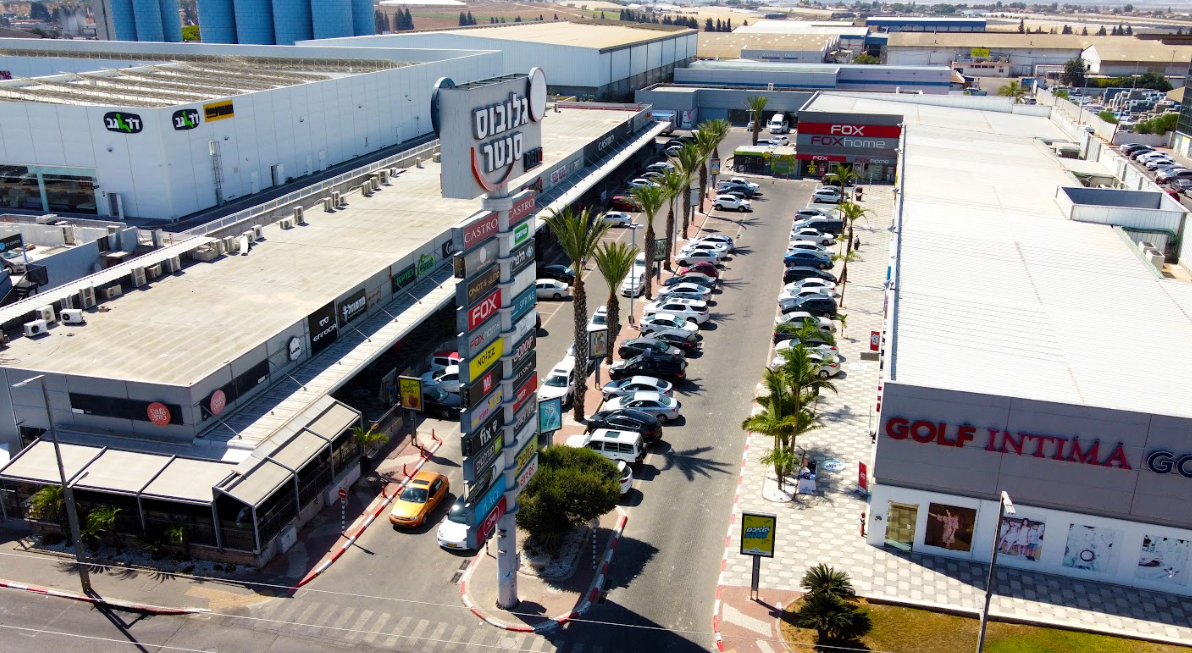Yated Ne’eman’s editorial (Parashas Noach issue) identifies a historic shift in the Chareidi housing reality of Netivot.
Even as Israel’s real estate market grapples with high interest rates, the economic fallout of war, and ongoing security uncertainty, the end of the Swords of Iron Warhas revealed a new reality: the State of Israel can no longer afford to overlook the South. The expected wave of investment could reshape the region and open rare opportunities not seen in decades.
From the tragic events of Simchas Torah 5784, Israel learned a painful truth: without a strong South, cities like Tel Aviv and Yerushalayim remain exposed. This is no longer merely a theory discussed in defense circles, but a harsh reality that played out in real time, in the early hours of that Simchas Torah, when a critical strategic weakness was exposed; one that the State’s political and security leader can no longer ignore.
“Israel always treated the South as secondary,” a veteran real estate developer explains. “Politicians live in Tel Aviv and Yerushalayim, where decisions are made and money flows. But the massacre on Simchas Torah changed everything. Suddenly it became clear: if the South falls, the center is left unprotected.”
The 2025 state budget, approved by the Knesset in March, clearly reflects this new understanding. Finance Minister Bezalel Smotrich stated, “At the center of the budget stands renewed construction and development in the northern and southern combat zones.” These are not empty political promises, but concrete budget allocations already moving through government committees.
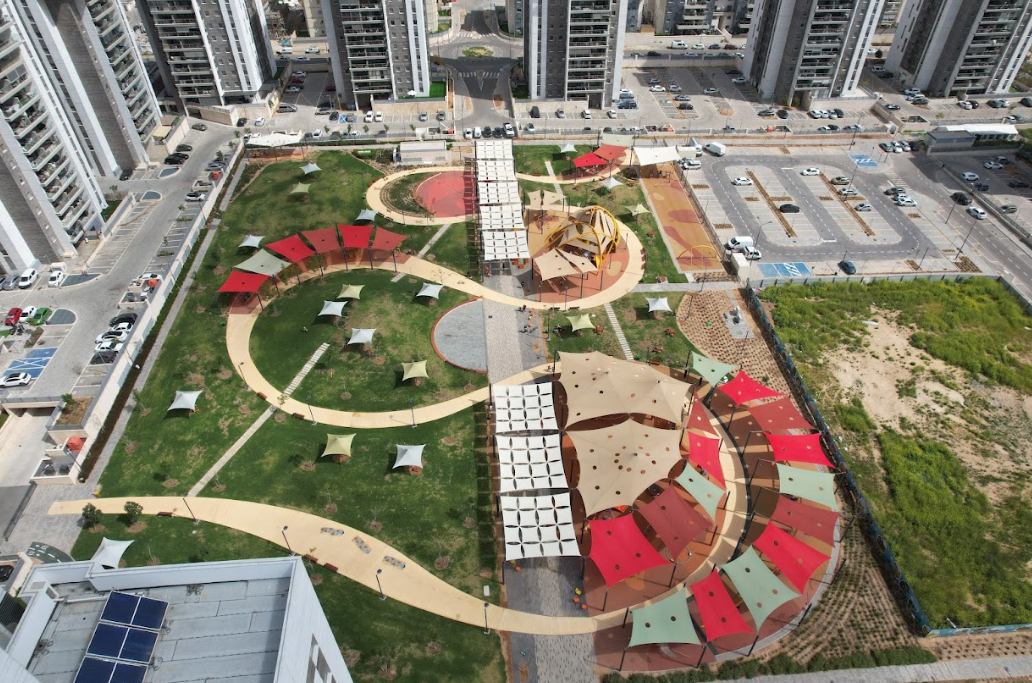
When Prices Don’t Stop Climbing
To understand where the real estate market in the South is heading, it is important to look at the broader picture of rising construction costs. Since the COVID era, the building industry has faced one blow after another. Prices of raw materials have soared, Palestinian workers have been replaced by Chinese laborers whose costs are roughly double, and high interest rates have placed heavy pressure on contractors.
According to data from Israel’s Central Bureau of Statistics, the residential construction input index has risen by 4.2% since the start of the year. Prices of iron and cement have climbed by tens of percent, and ceramic products, tiles, and sanitary fixtures have all seen sharp increases. The trend is clear: construction today is more expensive than ever before.
“What people don’t realize,” a real estate expert explains, “is that current apartment prices are actually low relative to the rise in costs. The average contractor earns about 12.5% to 15% on a project, which is a normal margin, not an excessive one. Prices reflect the higher costs, not contractor greed.”
Another major trend shaping the market is what experts call “pent-up demand.” According to the Central Bureau of Statistics, Israel needs roughly 70,000 new housing units each year, yet supply continues to fall short. In January 2025, apartment sales dropped by 32% compared to December, but much of that decline resulted from the VAT increase, as buyers rushed to purchase before the change took effect.
“There are hundreds of apartments just sitting on the market right now,” a real estate broker shares. “But that’snot because there’s no demand. People are waiting. They’re holding off until interest rates drop and security stabilizes. The demand is there; it’s just on pause. The moment interest rates come down and the war fully ends, all that pent-up demand will break loose, contractors will rebound, and prices will rise sharply.”
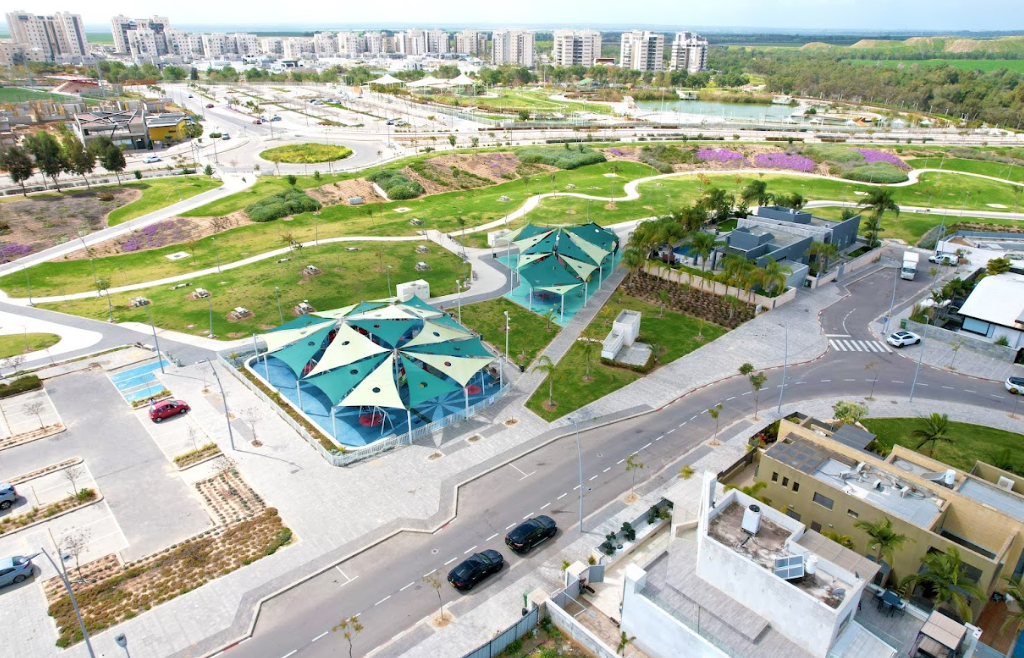
The Key to the Next Market Surge
Despite the many challenges, the data from the past year has been unexpectedly positive. In spite of the war, housing prices in Israel rose by about 7.8% in 2024 compared to the previous year. The Southern District saw a 5.2% increase—lower than the Haifa District (11.7%) or the North (10.2%)—but still significant considering that the war primarily took place in the South.
Forecasts for 2025 are optimistic. The Bank of Israel projects an economic growth of 4.3%, following a modest 0.4%–0.5% growth rate in 2024. This marks a dramatic rebound that reflects the impressive resilience of Israel’s economy.
One of the most critical factors is credit policy. The Bank of Israel’s lending rate stood at 4.75% for most of 2024—the highest in 17 years. The high cost of credit has weighed heavily on both buyers and developers. However, forecasts indicate that interest rates are likely to begin dropping during 2025, assuming inflation continues to ease.
“A drop in borrowing costs will change everything,” market analysts insist. “We’re seeing a two-stage process. During the war, there was downward pressure on housing prices. But now that the war has ended andhopefully once interest rates fall, a sharp rise is expected. Developers struggling with labor shortages and high financing costs are offering steep discounts, but once demand returns, those discounts will disappear, and prices will climb.”
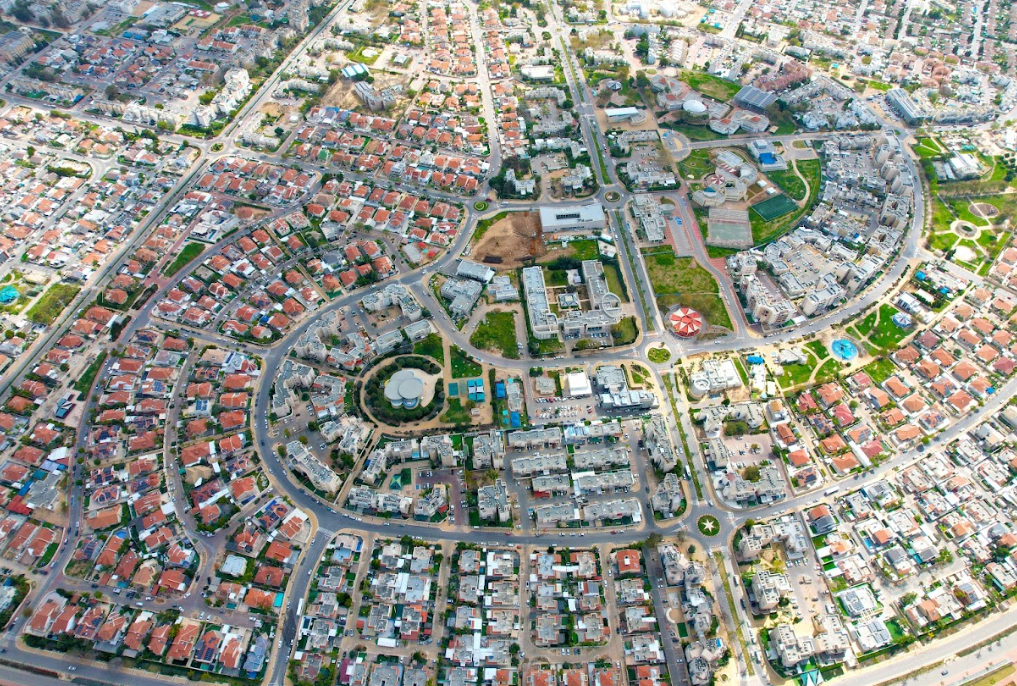
Wars Often Spark Economic Growth
History reveals an interesting pattern: wars often generate economic growth, especially in the housing market. World War II led to a tremendous boom throughout the Western world. In Israel too, nearly everywar has been followed by a period of growth and prosperity.
This trend is particularly noticeable in areas directly affected by the war. “After every round of violence in the South,” a veteran developer shares, “there were always people who sold and left. But not long after, once the dust settled, prices jumped. People wanted to return… to show that life goes on.”
“There’s something about the psychology of ‘the day after the war,’” another expert adds. “After living through fear and uncertainty, people feel an urge to rebuild, to invest, to move forward. Confidence returns to the market. Suddenly, there’s optimism, and people start buying homes and making changes to their lives.”

Netivot and Ofakim Emerge as Centers of Growth
At the heart of this transformation are Netivot and Ofakim, two cities undergoing dramatic change. Netivot, which today has around 35,000 residents, is expected to grow to roughly 80,000 in the coming years, more than doubling its population. This isn’t just on paper: about 30,000 housing units are already in various stages of planning and construction.
The numbers speak for themselves. A new three-room apartment in the city center currently sells for between NIS 1.2 and 1.5 million. A four-room apartment costs around NIS 1.55 million, and a five-room unit starts at about NIS 1.7 million. These prices are significantly lower than in central Israel, but that gap is expected to narrow sharply.
If we look at historical precedents, Beit Shemesh’s storyis particularly instructive. Twenty years ago, it was a city no one from the center even considered. “Who would move to Beit Shemesh?” people would declare, insisting it was a neglected town with no future. But once large-scale construction began, the entire reality shifted. Prices rose sharply, and today Beit Shemesh is one of the most sought-after cities for haredi families, attracting families from Bnei Brak and Yerushalayim.
Beyond the economic and geographic factors, Netivot has unique qualities that make it especially appealing. The city is known for its strong and close-knit community. “Anyone who moves here feels the kehillaright away,” a resident says. “There’s a sense of belonging and genuine neighborliness. Moving here isnot only about housing prices.”
Another key advantage is accessibility. The city’s proximity to the train station and its direct connection to Highway 6 make traveling to the center much easier. And when it comes to the haredi community, Netivot already offers an established chinuch infrastructure, including chider and Bais Yaakov schools, a yeshiva, and severalkollelim.
These days, one of the most notable gaps in Netivot is between its population and its housing supply. Around 60% of the city’s residents are haredi, yet of the 30,000 units being developed, only a few thousand are designedspecifically for bnei Torah. This creates a significant unmet demand.
“There is tremendous potential here,” a local residentinsists. “You have a city with a large haredi population, a strong community, and real demand, but not enough suitable housing. Once the next stage of development is planned with this public in mind, demand will be very strong.”
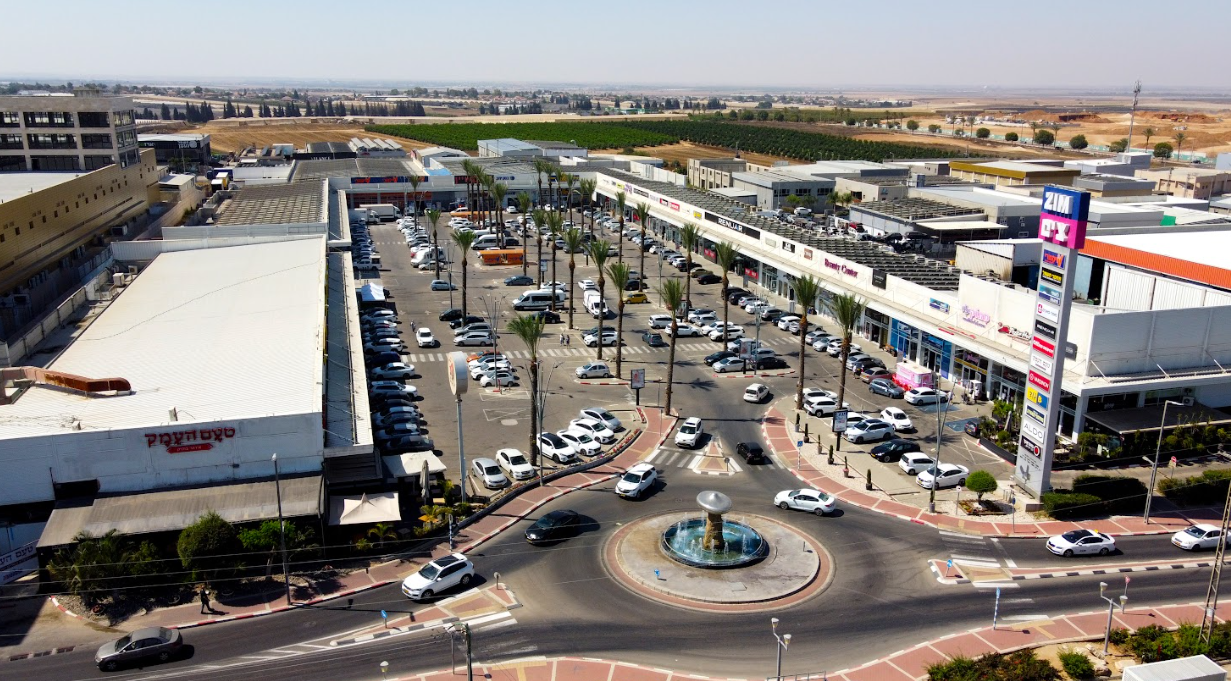
Two Umbrella Agreements, 30,000 New Units
A similar situation is unfolding in Ofakim. Just a decade ago, the city was considered a struggling development town with negative migration. Today, it stands out as one of Israel’s real estate success stories. Located about 24kilometers northwest of Be’er Sheva, Ofakim now has roughly 40,600 residents, but ambitious plans are expected to bring that number close to 100,000 within the next decade.
The data speaks for itself. In 2024, Ofakim ranked third in Israel for the number of new real estate projects breaking ground, with more than 2,600 new units under construction. The city also led in new home sales, with one in every three families purchasing in Ofakim coming from nearby Be’er Sheva, many motivated by tax advantages.
This shift began in 2017 with the signing of the first umbrella agreement, which included 12,500 new units across several neighborhoods, such as Afikei HaNahal, where about 6,900 apartments have already been built. Last year, a second umbrella agreement was signed, adding another 17,700 units in the Yeshurun, Eucalyptus, and HaGivah neighborhoods.
The highlight is the Tekuma neighborhood, declared in early 2025 as a flagship project with 10,000 housing units across 7,600 dunams. Plans include high-rise buildings up to 26 stories, shopping centers, schools, and advanced transportation infrastructure. In parallel, the National Planning Committee approved an expansion of the Afikei HaNahal neighborhood, adding another 5,800 units along with 55,000 square meters of commercial and hotel space.

A Historic Window of Opportunity
When all the factors are taken together—the State of Israel’s new strategic understanding of the South’s importance, the expected wave of government investment, large-scale construction in Netivot, high building costs that prevent price drops, pent-up demand, the projected decline in borrowing costs, and the historic lesson of post-war growth—a clear picture emerges.
“People always ask when the right time to invest is,” a veteran investor says. “The answer is simple: when the numbers are on your side. When everyone is afraid, when the market looks weak, when demand is there but people are waiting… it’s time. Because once things improve, prices will have already gone up.”
The figures don’t lie. Despite the war, housing prices in the South rose by 5.2% in 2024. The average annual rental yield in Netivot stands at about 2.95%, and apartments are still selling at prices far below those in central Israel—with government investments only just beginning.
“It’s not a mystery,” says a real estate developer. “It’sbasic economics. The South will be secure. The State of Israel will not allow instability there. Investments will come, infrastructure will improve, and prices will rise. The question is not if, but when.”
Ultimately, the real estate market in the South—and especially in Netivot and Ofakim—is standing at a historic turning point. After years of neglect, the region is finally receiving the attention it deserves, not as a gesture of goodwill, but as a strategic necessity. The investment that follows will uplift the area, create jobs, attract strong families, and turn the South into a center of growth and opportunity.
For investors, this is a window of opportunity that will not return. For families seeking a place to build their lives, it is a chance to purchase a quality home at a fair price in a region that is rapidly developing. And for the State of Israel, it is an opportunity to correct a historic imbalance and build the South the way it should have been built decades ago.

What Happens to Housing Prices After a War?
One of the key questions facing the market today is how the war will affect housing prices. What does history show, and what can be learned for the future? While any analysis must be made with caution, past experienceoffers important insight.
Generally speaking, despite early expectations of price drops following wars or major military operations, housing prices often began to rise soon after the events ended.
Since the Six-Day War in 1967 and throughout the decades that followed, real estate prices in Israel have generally gone up—sometimes sharply. After the Yom Kippur War, however, the market took longer to recover. Data from the Central Bureau of Statistics for that period shows that construction activity dropped dramatically during the war months of October to December 1973. Only toward the end of that quarter did activity begin to pick up again, continuing into 1974.
In terms of housing prices, the steady increase that characterized the early 1970s stopped during 1973, and through 1974 prices fell slightly, relative to the Consumer Price Index. These declines continued for about four years, largely due to the lower national sentiment and severe economic crisis caused by the war. Another contributing factor was the oversupply of new apartments built in large public housing projects initiated by then–Housing Minister Avraham Ofer.
Soon afterward, between 1977 and 1979, during the period leading up to hyperinflation, the First Lebanon War, and the economic turmoil of the 1980s, housing prices surged by 60%. The correction matched the depth of the earlier fall.
A similar pattern was seen following the First Lebanon War, when prices rose by 28% immediately after the war ended, and jumped another 16% the following year.
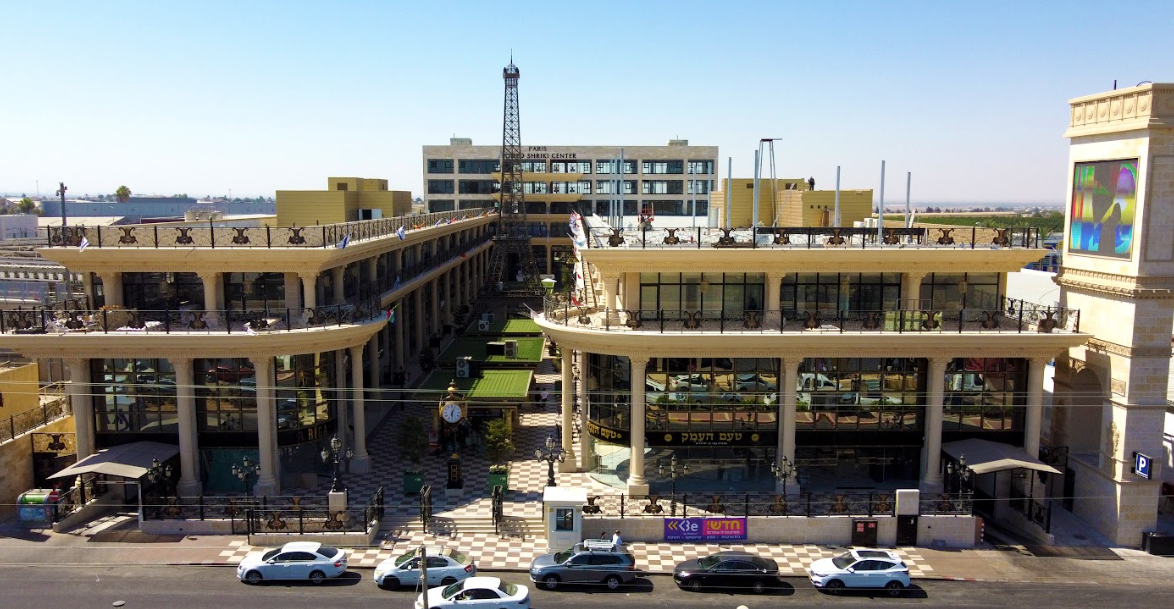
A More Complex Reality Today
Wars typically bring an eventual rise in housing prices. However, the current situation is more complicated. The real estate sector entered this war already on the brink of a slump. The Bank of Israel’s decision to raise interest rates over the past year and a half to 4.75%—the highest in 17 years—changed the country’s macroeconomic conditions and slowed real estate activity across the board.
Even before the war began, data showed a clear cooling in the market: a sharp decline in new apartment sales, an increase in unsold inventory held by developers, a drop in mortgage volume, and a slowdown in new construction starts; all without any corresponding drop in prices. The market effectively entered a freeze, largely due to the burden of high borrowing costs.
Given these conditions, if the Bank of Israel lowers interest rates in response to the economic slowdown and concerns about a potential recession, it could serve as a strong signal to buyers currently waiting on the sidelinesand potentially trigger a sharp and rapid rebound in the housing market.
